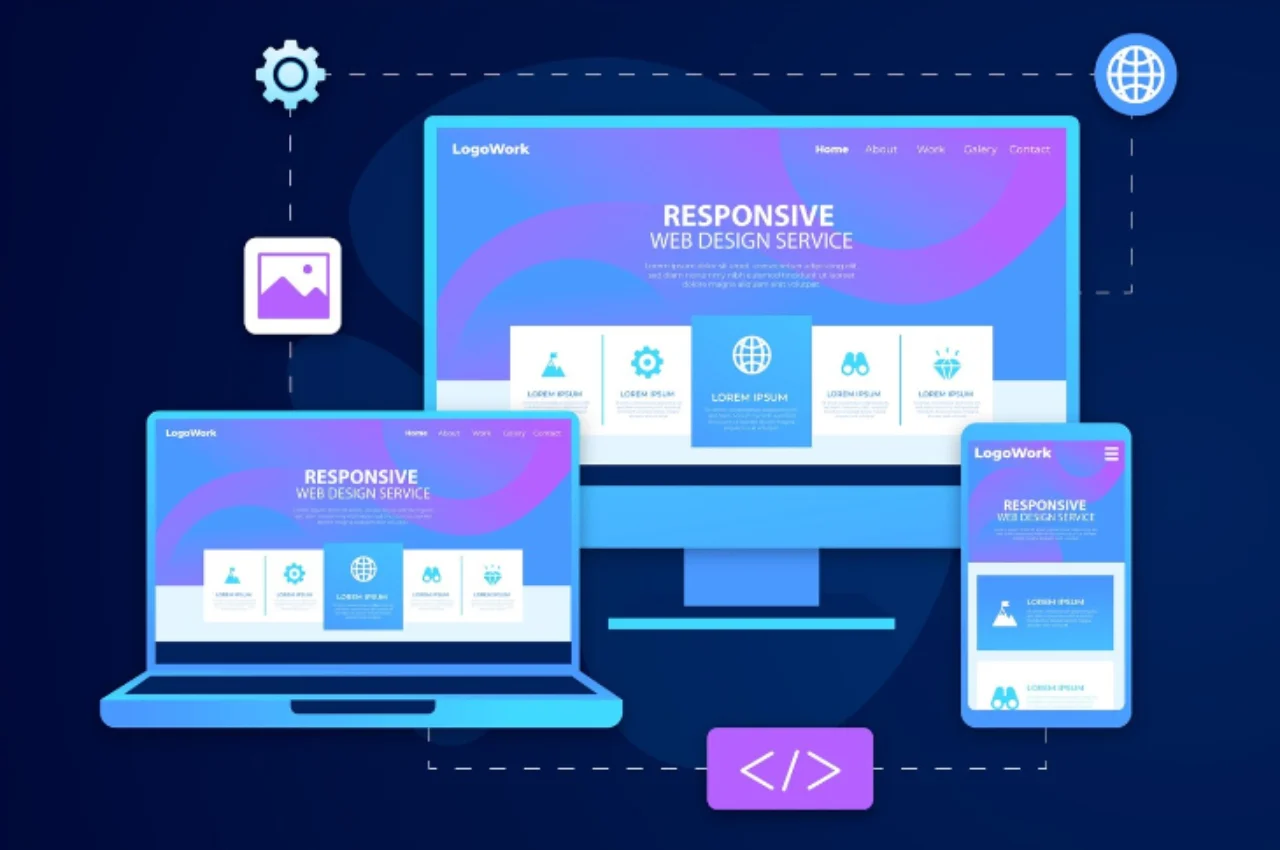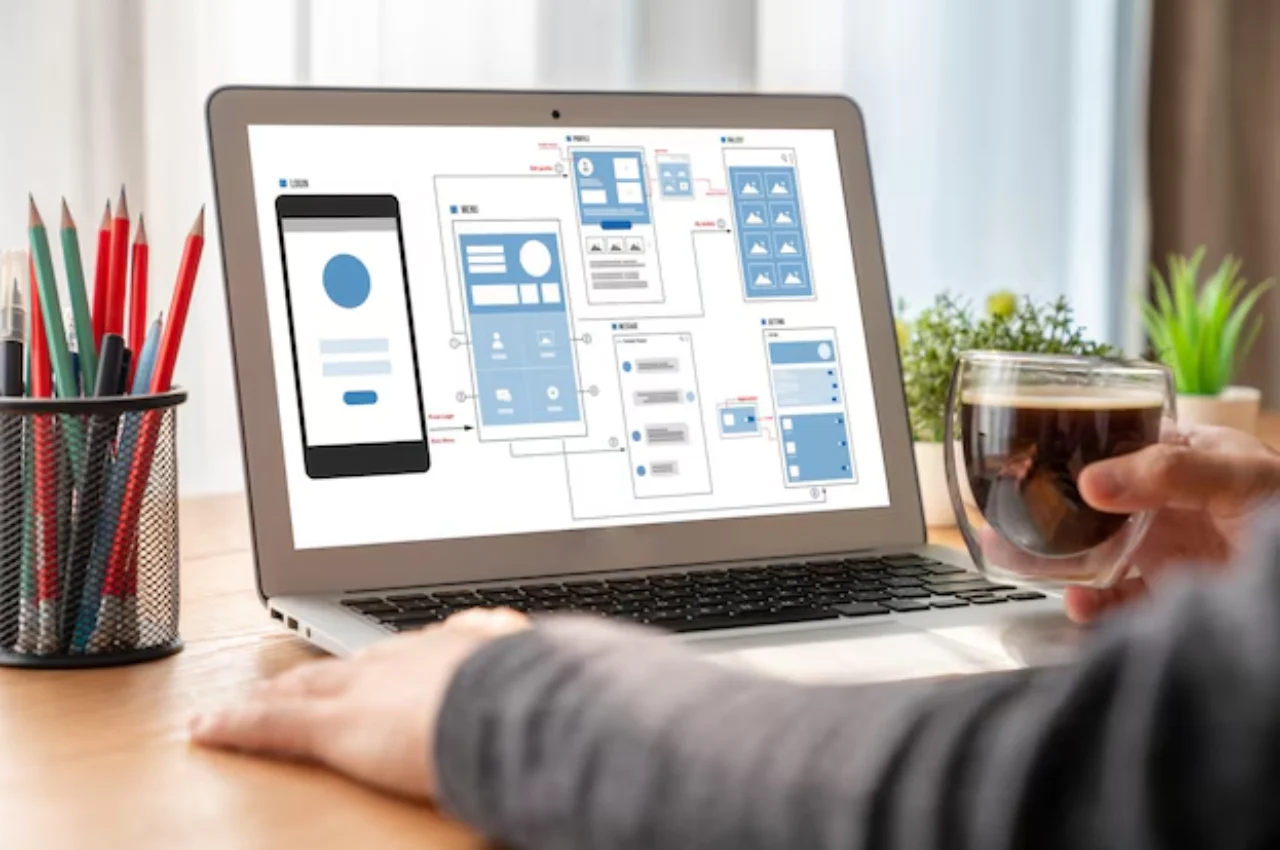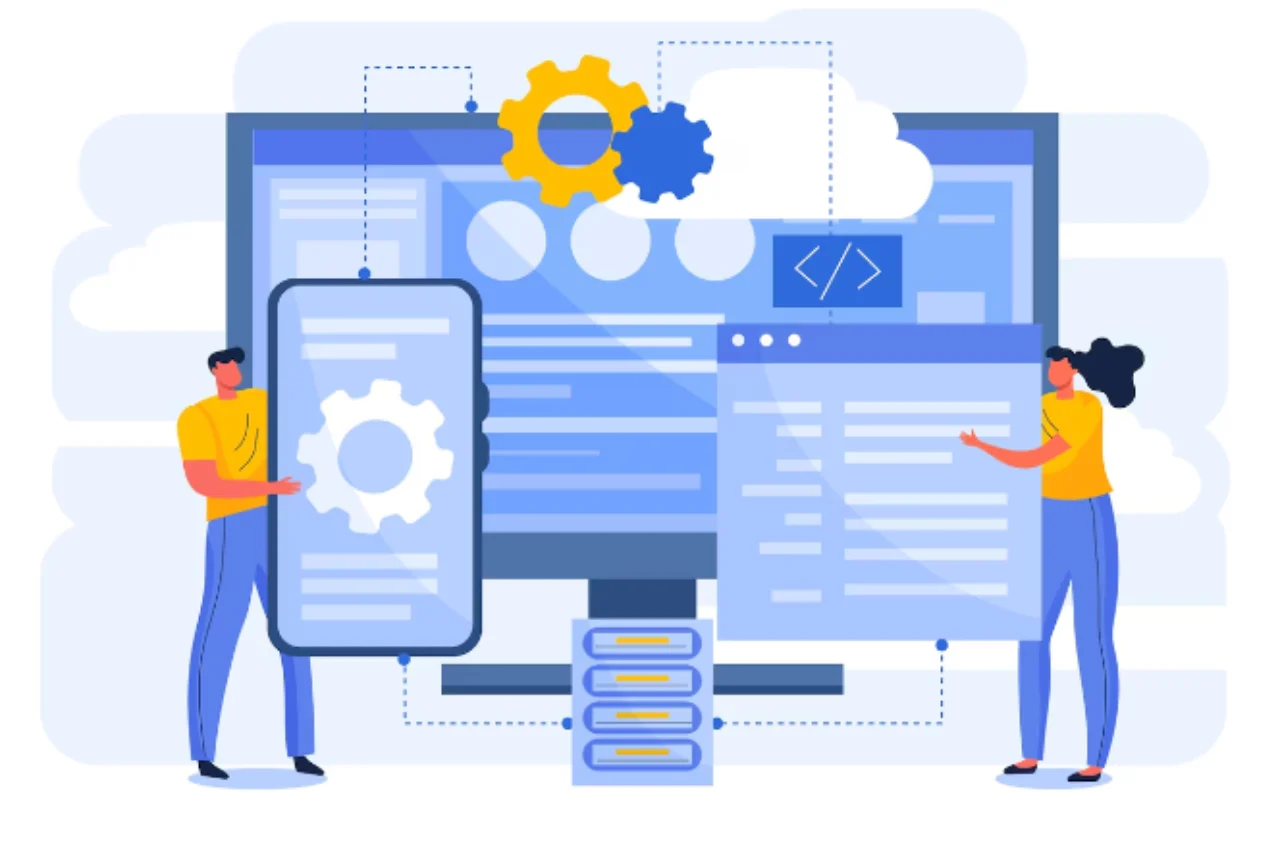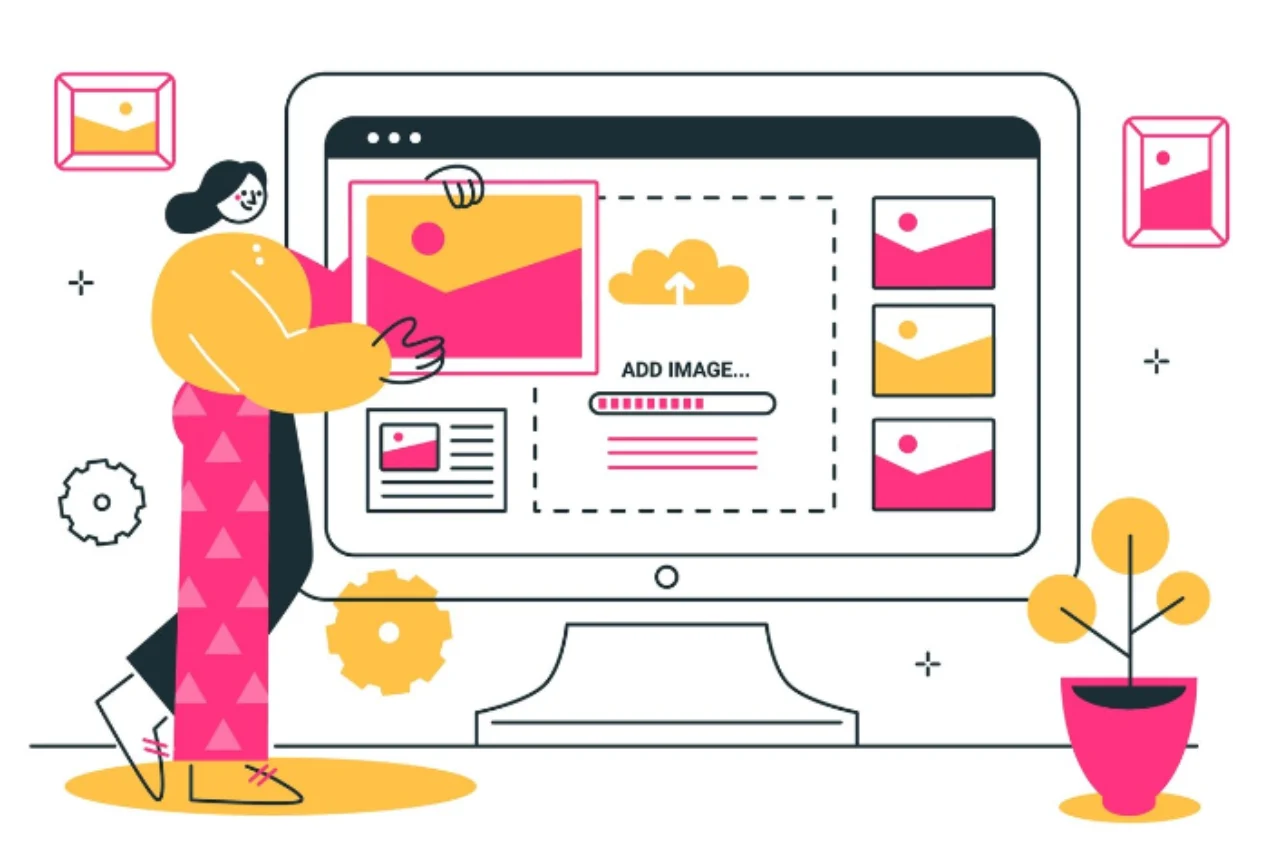Webflow is a rapidly growing web design platform that offers a code-free way to create responsive websites. As more and more businesses shift to online platforms, Webflow’s user-friendly interface and powerful features make it a strong contender for the future of web design.
Webflow’s drag-and-drop design tools, extensive integrations, and robust e-commerce capabilities are just a few reasons why it has gained popularity among web designers and entrepreneurs alike. With its ability to create complex and dynamic websites without the need for coding, Webflow offers a cost-effective solution for businesses of all sizes.
Furthermore, Webflow’s focus on SEO optimization and speed ensures that websites built on the platform are not only visually stunning but also perform well in search engine rankings. As the demand for high-quality and efficient web design continues to grow, Webflow is poised to become an essential tool in the industry’s future.
Table of Contents
The Rise of Webflow
Webflow has emerged as a powerful tool in the web design industry, offering a blend of design flexibility and development control that appeals to both designers and developers. Unlike traditional CMS platforms, Webflow allows users to visually design, build, and launch responsive websites without writing code, while still providing the ability to customize with HTML, CSS, and JavaScript. Its rise is attributed to its ability to streamline the design-to-development process, making it an attractive option for those looking to create dynamic, professional websites quickly and efficiently. Webflow’s focus on visual design, combined with robust CMS features, has positioned it as a key player in the no-code movement.

The Emergence of Webflow
Webflow has emerged as a powerful website design and development platform, bridging the gap between design and code. It offers a visual editor that allows users to build responsive websites without needing to write a single line of code, making it accessible to designers and non-developers alike. With features like CMS integration, e-commerce capabilities, and hosting services, Webflow empowers users to create highly customized and professional websites. Its flexibility and robust toolset have made it a popular choice for businesses, freelancers, and agencies looking to streamline their web development process.
Features and Capabilities
- Webflow offers a visual editor that allows users to design websites without code.
- Responsive design capabilities ensure websites look great on all devices.
- Powerful hosting and CMS features simplify website management.
- E-commerce functionality enables users to create online stores effortlessly.
Advantages of Webflow
The Advantages of Webflow make it a powerful tool for web design and development. Let’s explore some of the key benefits that Webflow offers:
No Code Design
Webflow allows you to create stunning websites without writing a single line of code. This means that individuals with no coding experience can design and launch professional-looking websites quickly and easily. The intuitive visual interface empowers users to drag and drop elements, customize styles, and build complex layouts without the need for technical expertise.
Efficiency and Customization
With Webflow’s powerful features, you can streamline the web design process and achieve high levels of customization. The platform provides a range of pre-built components and templates, enabling designers to rapidly prototype and iterate on their designs. This efficiency allows for faster turnaround times and the ability to create unique, tailored websites for clients. Additionally, Webflow’s ability to export clean, production-ready code ensures that developers can easily take over and further customize the website if needed.
Webflow vs. Traditional Web Design
When it comes to web design, Webflow has been making waves in the industry as a potential game-changer. Its intuitive visual interface and powerful capabilities have sparked a debate over whether it could replace traditional web design methods. In this article, we’ll delve into the comparison of Webflow versus traditional web design, highlighting the differences in workflow and results, as well as its potential impact on the design industry.

Comparing Workflow and Results
Webflow’s visual design interface allows for a more intuitive and efficient workflow compared to traditional web design methods. With Webflow, designers can create and manipulate their designs directly on the canvas, eliminating the need to write code from scratch. This streamlined process results in faster turnaround times and more flexibility in design iterations.
Impact on Design Industry
The rise of Webflow has the potential to revolutionize the design industry by empowering designers with the ability to create complex and interactive websites without extensive coding knowledge. This shift could lead to a more democratized design landscape, where individuals and small businesses can produce professional-grade websites without the need for a dedicated development team.
Webflow’s Impact on Web Designers
Webflow has revolutionized the way web designers approach their craft. Let’s delve into the significant impact of Webflow on the landscape of web design and how it is reshaping the role of designers.
Changing Role of Designers
Webflow is transforming designers into full-stack creators, enabling them to bring their visions to life without relying on developers.
New Opportunities and Challenges
With Webflow, designers have new avenues to explore, but they also face the challenge of adapting to this paradigm shift in web design.
Webflow and The Future of Websites
Webflow has been making waves in the web design industry, and its impact on the future of websites is undeniable. With its intuitive visual interface and powerful capabilities, Webflow is redefining how websites are built and maintained. In this article, we’ll explore how Webflow is shaping the future of websites, including its influence on user experience and its potential for industry disruption.
Influence on User Experience
Webflow’s user-friendly interface empowers designers to create visually stunning and highly functional websites without the need for extensive coding knowledge. This results in a seamless and engaging user experience, as websites built on Webflow are optimized for both desktop and mobile devices. The platform’s responsive design capabilities ensure that websites look and perform flawlessly across various screen sizes, enhancing user satisfaction and interaction.
Potential Industry Disruption
Webflow’s innovative approach to web design and development has the potential to disrupt the traditional website building process. By offering a comprehensive solution that combines design, hosting, and content management, Webflow challenges the need for multiple tools and platforms. This streamlined approach not only saves time but also reduces costs for businesses and individuals, making professional-grade websites more accessible and affordable.
The Business Case for Webflow
Webflow presents a compelling business case as a web design platform. Its user-friendly interface and robust features make it a promising tool for the future. With its responsive design capabilities and efficient workflow, Webflow is poised to redefine website creation and management.
Cost-effectiveness
- Webflow offers cost-effective solutions for businesses of all sizes.
- With Webflow, there are no hidden fees or surprise expenses.
- The platform provides transparent pricing options for easy budgeting.
Scalability and Maintenance
- Webflow allows for easy scalability as your business grows.
- Maintenance is simplified with Webflow’s intuitive design interface.
- Updates and changes can be effortlessly implemented with Webflow.
Community and Support
Webflow’s vibrant community and strong support system play a significant role in its reputation as the future of web design. Users have access to an extensive library of resources, including tutorials, forums, and documentation, which help them master the platform’s capabilities. The Webflow community is active and collaborative, offering peer support and sharing creative ideas. Additionally, Webflow’s customer support is known for being responsive and helpful, ensuring that users can overcome challenges and fully leverage the platform’s features. This combination of community and support makes Webflow a compelling choice for the future of web development.

Growing User Community
Webflow’s growing user community is a testament to its position as a potential future leader in web design and development. As more designers, developers, and businesses recognize the platform’s capabilities, the community has become a vibrant hub for sharing knowledge, resources, and inspiration. Webflow’s forums, social media groups, and educational content foster collaboration and innovation, making it easier for users to learn from one another and stay updated on best practices. This thriving community plays a significant role in Webflow’s continued evolution and its growing reputation as the future of web design.
Resources and Training
As Webflow continues to grow in popularity, the availability of resources and training has expanded significantly, supporting its users in mastering the platform. Webflow University offers comprehensive tutorials, courses, and guides that cater to both beginners and advanced users, helping them to unlock the platform’s full potential. Additionally, a vibrant community of users shares tips, templates, and best practices across various forums and social media groups. For those looking to integrate Webflow into their professional toolkit, these resources make it easier to stay updated and proficient, positioning Webflow as a key player in the future of web design and development.
Conclusion
As we dive into the potential of Webflow, it’s clear that its user-friendly interface and powerful capabilities are shaping the future of web design. Embracing Webflow can revolutionize the way websites are created, offering a seamless experience for both designers and clients.


